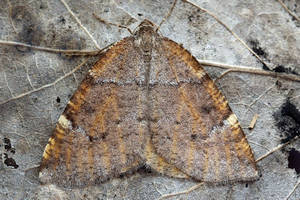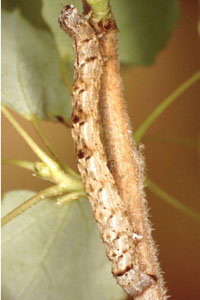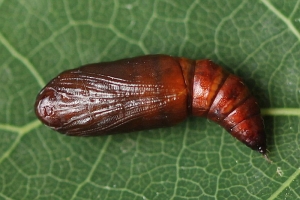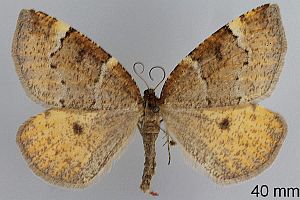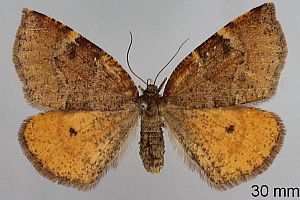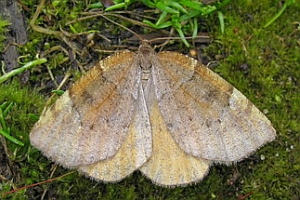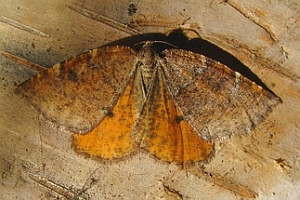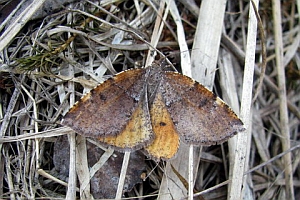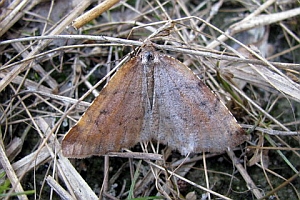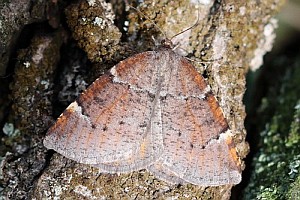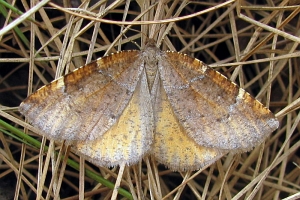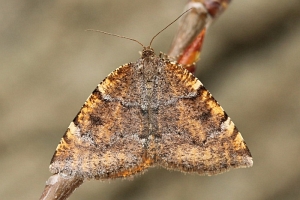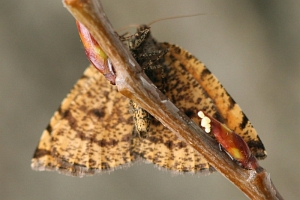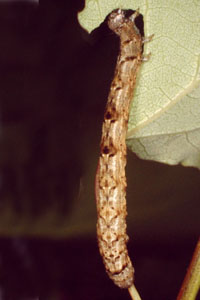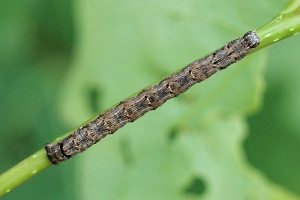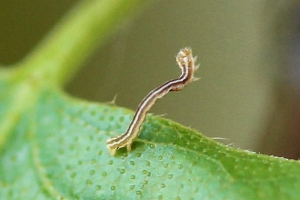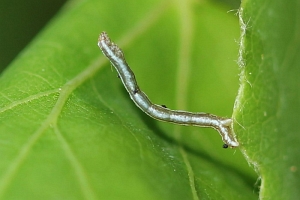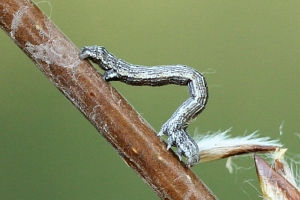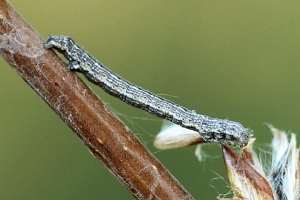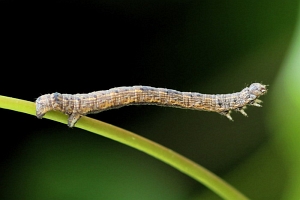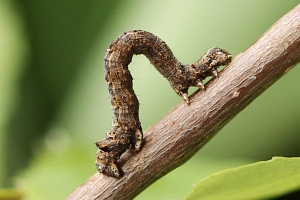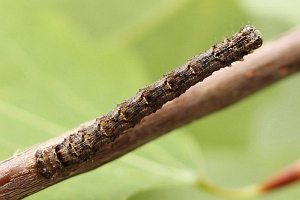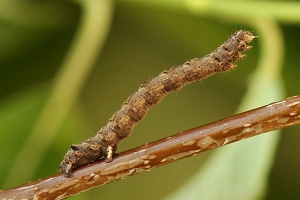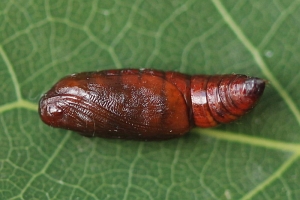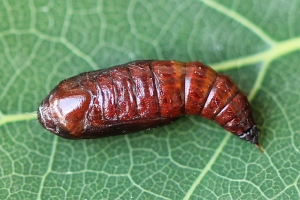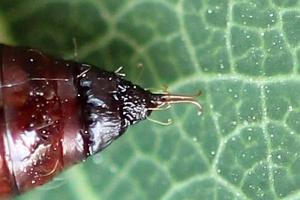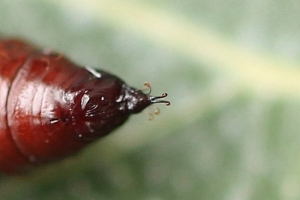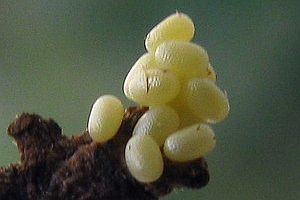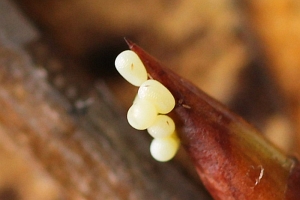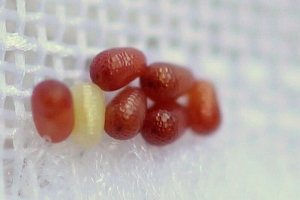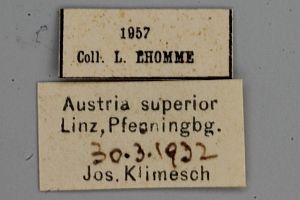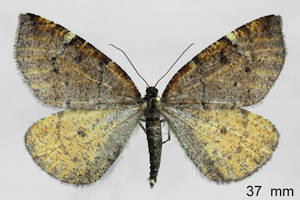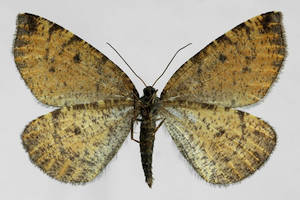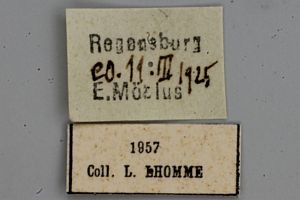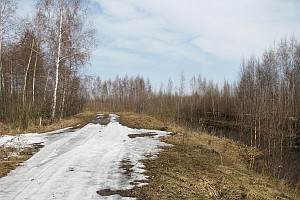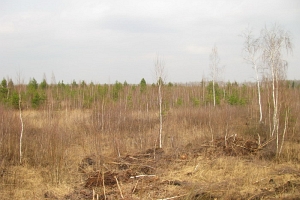Version 36 (neueste) vom 9. September 2023 um 18:05:41 von Sabine Flechtmann
Länder:

 +21Kontinente:EUAS
+21Kontinente:EUAS


 +21Kontinente:EUAS
+21Kontinente:EUASInhalt
1. Lebendfotos
1.1. Falter
1: ♂, Russland (europäischer Teil bis Manytsch-Niederung), Region Moskau, Bezirk Orechowo-Zuevsky, Dorf Topoliny, Torfmoor, 124 m, 21. April 2023, am Licht (det. & Foto: Andrey Ponomarev)Forum
2: ♂, Russland, Oblast Moskau, Bezirk Orechowo-Sujewo, Dorf Topolinyy, Lichtfang, 1. Mai 2010 (det. & Foto: Andrey Ponomarev)Forum
3: ♀, Russland, Oblast Moskau, Bezirk Orechowo-Sujewo, Dorf Topolinyy, Lichtfang, 2. Mai 2010 (det. & Foto: Andrey Ponomarev)Forum
4-5: ♀ & ♂, Russland, Oblast Moskau, Bezirk Ramenskoje, Dorf Koscherowo, 27. April 2011 (det. & Foto: Andrey Ponomarev)Forum
6: ♂, Russland, Oblast Moskau, Bezirk Orechowo-Sujewo, Dorf Topolinyy, Lichtfang, 18. April 2012 (det. & Foto: Ponomarev)Forum
7-9: (7: ♂), (8-9: ♀), Russland, Oblast Moskau, Bezirk Orechowo-Sujewo, Dorf Topolinyy, 118 m, Moorgebiet, 5. Mai 2013 (det. & fot.: Andrey Ponomarev)Forum
1.2. Raupe
1-2: Tschechien, genauere Angaben unbekannt, Raupe an Espenschösslingen (Populus tremula), 1998 (Fotos: Otmar Czadek), cult. e.o. & det. Otmar Czadek (Bild 2 leicht manipuliert)Forum
3-4: Russland, Oblast Moskau, Bezirk Orechowo-Sujewo, Dorf Topolinyy, 118 m, Moorgebiet, 31. Mai 2013 (det. & fot.: Andrey Ponomarev)Forum
1.3. Jüngere Raupenstadien
1-3: Russland, Oblast Moskau, Bezirk Orechowo-Sujewo, Dorf Topolinyy, 118 m, Moorgebiet, 12. Mai 2013 (det. & fot.: Andrey Ponomarev)Forum
4: dito, jedoch 14. Mai 2013
5-7: dito, jedoch 19. Mai 2013
8-9: dito, jedoch 22. Mai 2013
10-11: dito, jedoch 24. Mai 2013
12-13: dito, jedoch 28. Mai 2013
1.4. Puppe
1-5: Russland, Oblast Moskau, Bezirk Orechowo-Sujewo, Dorf Topolinyy, 118 m, Moorgebiet, 6. Juni 2013 (det. & fot.: Andrey Ponomarev)Forum
1.5. Ei
2. Diagnose
2.1. Männchen
1-2: ♂, Daten siehe Etiketten (fot.: Michel Kettner), coll. ZSM
3-4: ♂, Russland (europäischer Teil bis Manytsch-Niederung), Region Moskau, Bezirk Orechowo-Zuevsky, Dorf Topoliny, Torfmoor, 124 m, 21. April 2023, am Licht (det., präp. & Foto: Andrey Ponomarev)Forum
2.2. Weibchen
3. Biologie
3.1. Habitat
1: Russland, Oblast Moskau, Bezirk Ramenskoje, in der Nähe des Dorfes Koscherowo, 27. April 2011 (Foto: Andrey Ponomarev)Forum
2: Russland, Oblast Moskau, Bezirk Orechowo-Sujewo, in der Nähe des Dorfes Topolinyy, 118 m, 19. April 2012 (Foto: Andrey Ponomarev)
3: Russland, Oblast Moskau, Bezirk Orechowo-Sujewo, Dorf Topolinyy, 118 m, Moorgebiet, 27. April 2013 (Foto: Andrey Ponomarev)Forum
4. Weitere Informationen
4.1. Etymologie (Namenserklärung)
„diversus verschieden, nach dem Dimorphismus der Geschlechter.“
pulverata: „pulvero bestäube, nach der Zeichnung.“
4.2. Andere Kombinationen
- Geometra diversata Denis & Schiffermüller, 1775 [Originalkombination]
4.3. Synonyme
- Geometra pulverata Thunberg, 1784
- Phalaena aurantiata Fabricius, 1787
- Geometra diversaria Hübner, [1799]
- Epirranthis obscurior Nordström, 1941
- Epirranthis pallidaria Wendlandt, 1900
4.4. Taxonomie
Nach Müller et al. (2019) gehört E. diversata nicht zu den Desmobathrinae, sondern nach den genetischen Ergebnissen in die Nähe der Lithinini innerhalb der Ennominae.
4.5. Literatur
- Erstbeschreibung: [Denis, M. & J. I. Schiffermüller] (1775): Ankündung eines systematischen Werkes von den Schmetterlingen der Wienergegend herausgegeben von einigen Lehrern am k. k. Theresianum. 1-323, pl. I a+b, Frontispiz. Wien (Augustin Bernardi). — Digitalisat der Bayerischen Staatsbibliothek München: [315].
- Müller, B., Erlacher, S., Hausmann, A., Rajaei, H., Sihvonen, P. & P. Skou (2019): The Geometrid Moths of Europe. Volume 6. Subfamily Ennominae II (Boarmiini, Gnophini, additions to previous volumes). — Part 1: 1-562, part 2: 563-906. Leiden & Boston (Brill).





















